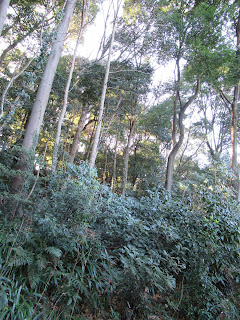I planned to continue telling my adventure with DNA monitoring this week, but the bird-flu thing (my post on January 13 and January 27) and has come very near to our table. So, I show you the below photo for this week.
 |
| Spring is coming ... |
If you find environmental issues in Kanagawa Prefecture, please make a contact with Kanagawa Natural Environment Conservation Center 神奈川県自然環境保全センター
657 Nanasawa, Atsugi City, 243-0121
〒243-0121 厚木市七沢657
Phone: 046-248-0323
You can send an enquiry to them by clicking the bottom line of their homepage at http://www.pref.kanagawa.jp/div/1644/



















































